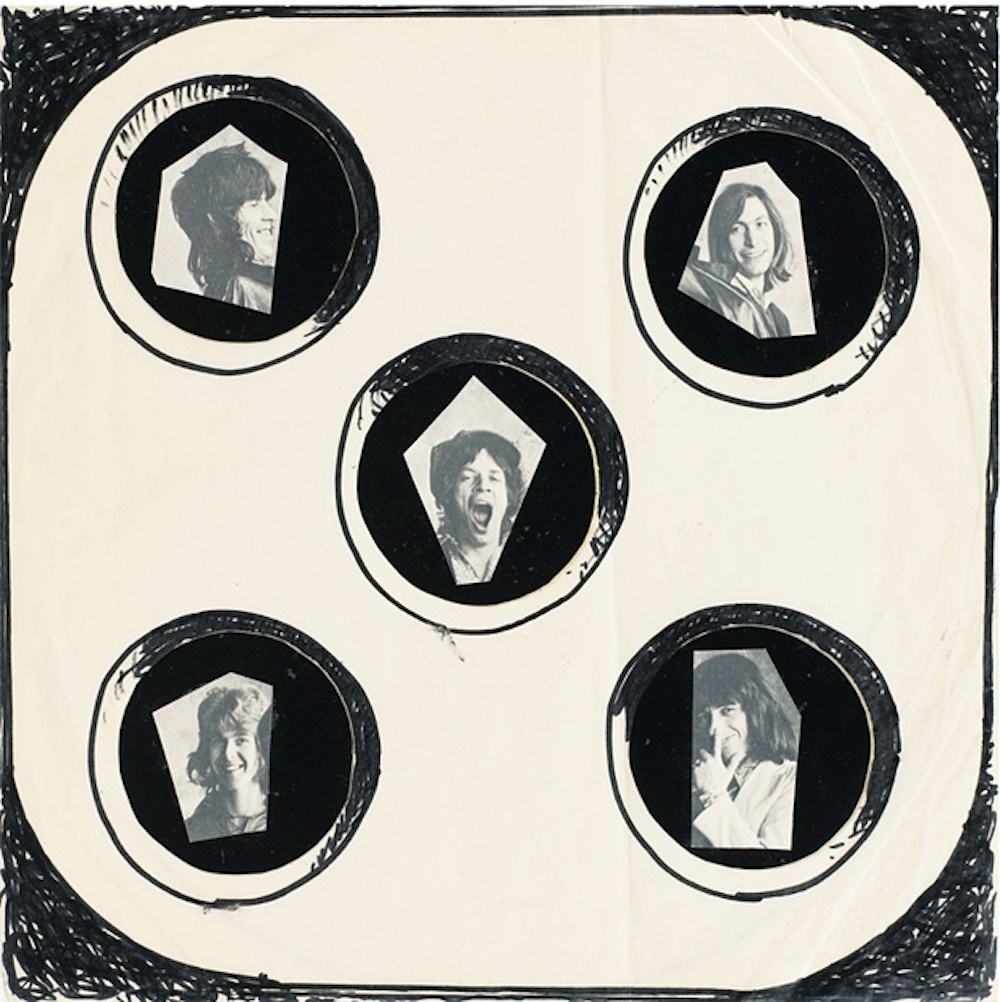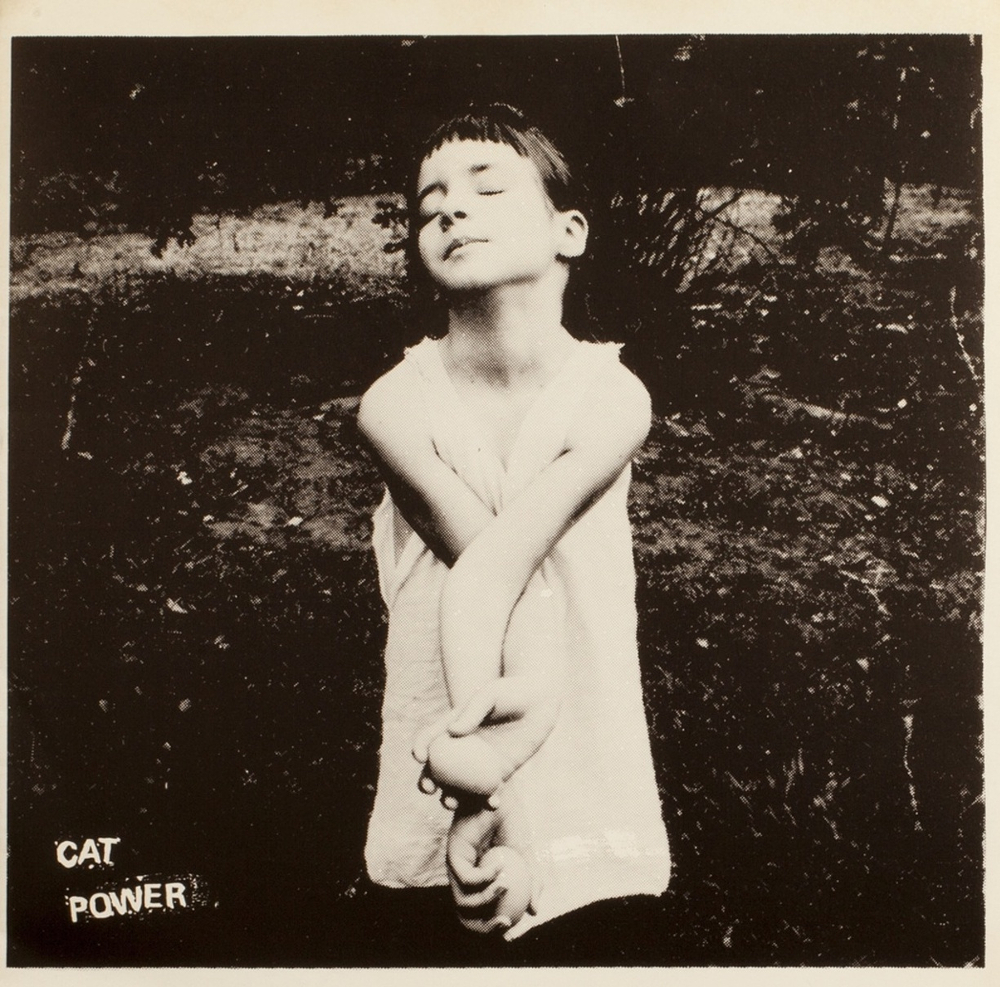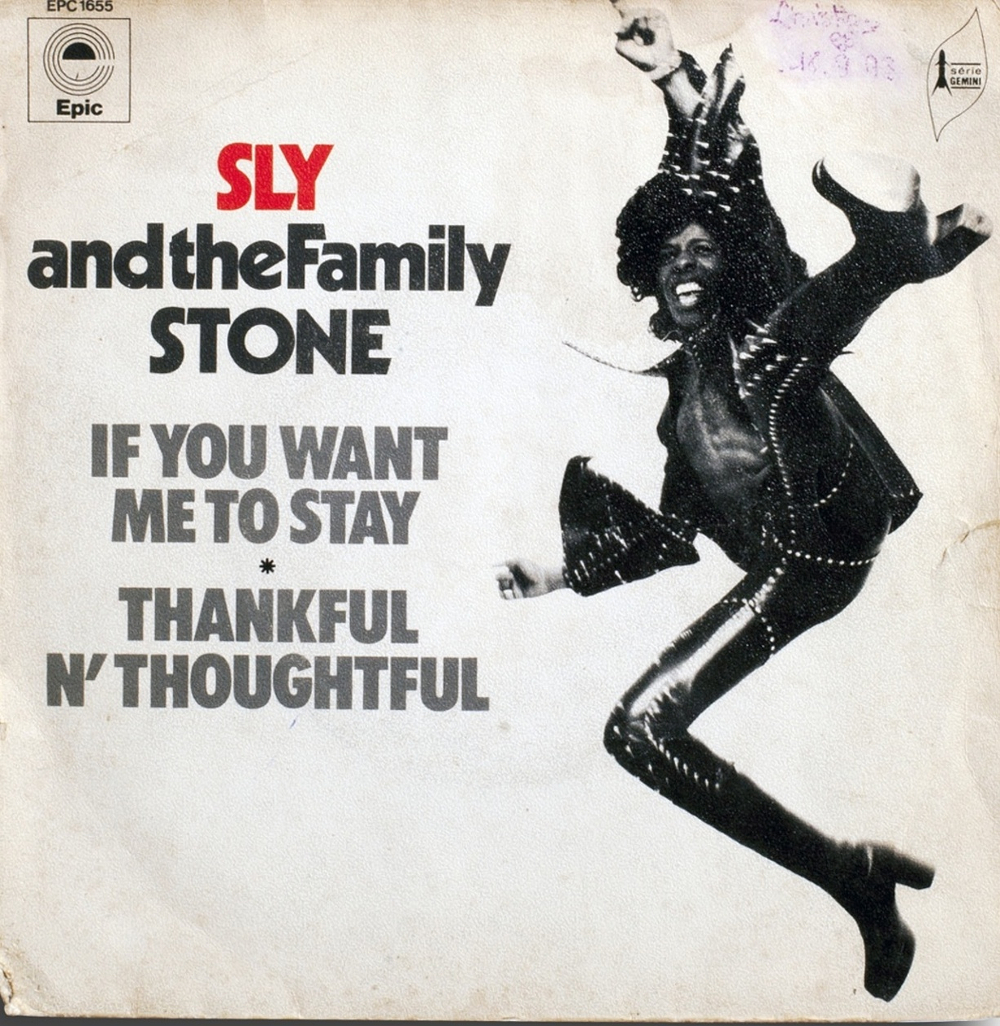A curious new exhibition for nerds and fans alike shows the hits and misses of album artwork - and the covers too rude to use.
In 1972 Charlie Watts, drummer of the Rolling Stones, met with Man Ray and asked if he would design the cover for the group’s new album, Exile on Main Street. The 82-year-old artist agreed and produced a design in which the faces of the five Rolling Stones appeared inside black circles on a white background. The inspiration, he said, was the song Tumbling Dice, the first single from the album.
Man Ray’s design is one of the great record covers that never happened. The album appeared instead with a sleeve by the great American photographer Robert Frank, whose black-and-white collage of Super 8 images (shot in a tattoo parlour somewhere on Route 66 while he made his groundbreaking book The Americans) is now considered one of the classic rock album sleeves.
Man Ray’s proposed cover for the Stones is one of the highlights of a sprawling, but always intriguing, exhibition at Les Rencontres d’Arles called Total Records: The Great Adventure of Album Cover Photography.
It traces pop’s relationship with photography using album sleeves that span the history of vinyl recordings, and includes work by pioneering photographers who were either commissioned by labels to shape the identity of an artist or else allowed existing images to be used, often at the musician’s request.
That was how Anders Petersen’s picture of an embracing couple from his gritty series Cafe Lehmitz ended up on the cover of Rain Dogs by Tom Waits, an almost perfect reflection of the melancholic music therein. (Intriguingly, the man in the photograph bears a resemblance to the young Tom Waits, both physically and in terms of the beatnik-barfly image Waits once projected.)

Rolling Stones’s Exile on Main Street
Another photograph that effortlessly evokes the music is Cat Power’s use of an Emmet Gowin portrait for Headlights – the boy’s rapt expression at one with Power’s dreamy, dislocated songs. Likewise, the Memphis cult band Big Star’s use of their fellow southerner William Eggleston’s famous red ceiling (Greenwood, Mississippi, 1973) for their 1974 album Radio City.
Complimenting the music
Oddly, Eggleston does not receive a section to himself here, with only Big Star and two Primal Scream covers on show – the Dixie Narco EP and the Give Out But Don’t Give Up cover. There’s no sign of Alex Chilton’s Like Flies on Sherbert, or Here Come the Snakes by Green on Red, or two other Primal Scream sleeves – Country Girl and Dolls– all of which used the great man’s images.
Among the biggest surprises here is the discovery that Richard Avedon shot the dramatic cover for Fresh by Sly and the Family Stone and the stark portrait of Simon and Garfunkel for Bookends. In each instance, Avedon’s black-and-white images utterly compliment the music, the one energetic and exuberant, the other intimate and sad.
The great Lee Friedlander receives his dues for his pioneering work for Atlantic Records in the 1960s, including unforgettable portraits of John Coltrane and Charles Mingus. At the risk of sounding like a vinyl nerd – which I am – it would have been good to see his cover portrait of Loudon Wainwright III for the singer’s debut album, not least because it is one of the photographer’s few non-jazz album covers and because, again, it so perfectly captures the rawness of Wainwright’s world-weary songs.

Cat Power’s Headlights
Alongside Freidlander, Francis Wolff gets worthy attention for his timeless portrait photography for Blue Note Records, which all but established its identity as a label made by, and for, the knowledgeable.
More problematic is the use of great photographs in contexts that seem barely appropriate to either the music or the artist’s image – why a Weegee image adorns a George Michael album is anyone’s guess. Likewise the characteristically enigmatic Josef Sudek diptych that somehow ended up on a Beautiful South album. Here, musicians may be parading their good taste in visuals, but the images suffer by being reduced to something akin to tasteful adornments.
Images speak as loudly as songs
That Beautiful South album also features in a short series on censored covers – the woman with a gun in her mouth was replaced in some countries by teddy bears. Stranger still is the cover for a Mamas and Papas album in which they lounge, fully clothed, in a bath tub. In the censored version, an offending toilet bowl has been removed. One wonders how the Butthole Surfers ever got a record released.

Sly and the Family Stone
One of the more intriguing mini-narratives is a wall devoted to photographs by Linda McCartney of the shoot for the Beatles’ final album, Abbey Road. Iain Macmillan’s cover shot – which was achieved in a 10-minute shoot from atop a ladder while policemen stopped traffic – has since become one of the most debated record sleeves of all time. A conspiracy theory had it that Paul McCartney was dead because he appeared barefoot. Here, he is pictured in one shot wearing sandals and, in another, chatting to an old lady on the pavement by the famous zebra crossing.
Next to the series is a raft of other covers that pastiche or pay homage to the iconic Abbey Road shot, including Armitage Road by the Heshoo Beshoo Group and Soulful Road by New York City. No Booker T and the MGs though!
As with any show as ambitious as this, there are inevitable omissions – incredibly, no Dylan, whose shape-shifting musical journey through the 60s can be traced in his album covers, from trad folkie to hipster poet and beyond.
And where are the Smiths’ covers selected by none other than Morrissey himself for their mix of quintessential northern Englishness and iconic pop cultural resonance. What an omission – even for an exhibition that is, at times, unapologetically and understandably Francophile (lots of Johnny Hallyday but, oddly, no FranÁoise Hardy.)
But there is more than enough here to keep the curious and the nerdish enthralled – and show that sometimes images really do speak as loudly as songs. – © Guardian News & Media 2015